Pumping Up Tax Breaks for Company Gyms
The COVID-19 pandemic has caused many employers to rethink the way they’re using their physical premises. For instance, if your business now has fewer workers coming regularly to the office, you may want to develop different uses of the space to better accommodate operations.
One idea is to carve out a space where employees can work out or exercise. Besides creating goodwill and improving morale, this can result in a big tax pay-off. As long as specific requirements are met, the value of an on-site athletic facility is tax-free to participating employees, and your company can generally deduct the related costs.
The details
This statutory exemption has been on the books for years, but keep in mind that there are plenty of twists and turns to contend with. Generally, the value of fringe benefits constitutes taxable income to employees, except in situations where a specific tax code provision exempts the benefit from tax. The exemption for employer-provided athletic facilities applies to eligible employees as well as their spouses and dependent children. For example, if the teenaged child of a business owner works out at the company gym, the value of the use is tax-free.
You, as an employer, can write off the cost of renovations and administrative costs as well as other related expenses, such as insurance and maintenance fees.
For these purposes, an “employee” is someone who is:
- Currently employed,
- An ex-employee who has retired or left the job due to disability,
- The widow or widower of an employee who passed away or retired due to a disability,
- A partner performing services in a partnership, or
- A leased employee in certain situations.
The facility must be “substantially used” by employees, their spouses and their dependent children. In other words, the facility can’t be available to the general public or outsiders who pay to belong.
In addition, the facility must be located in a physical space that is operated by, and owned or leased by, the business. That doesn’t mean it has to be part of your main office (although that’s frequently the case). For example, the business may rent a storage facility or annex nearby as a workout room and still qualify. But you’re not allowed to set up a gym in your personal residence or rent a space or pool at a hotel.
Finally, you can’t deny access to eligible employees who want to participate. Use of the facility can’t be limited to just the top brass.
Other options
Offering gym memberships to employees instead of building an on-site facility also promotes better health and creates a benefit to them, but the value is taxable to participants as compensation. Find the approach that works out best for your company.
This material is generic in nature. Before relying on the material in any important matter, users should note date of publication and carefully evaluate its accuracy, currency, completeness, and relevance for their purposes, and should obtain any appropriate professional advice relevant to their particular circumstances.
Share Post:









